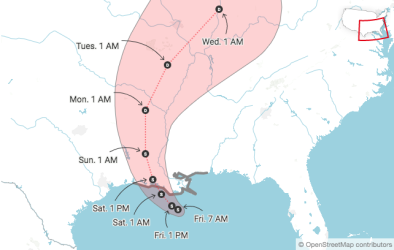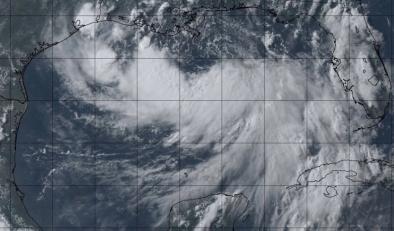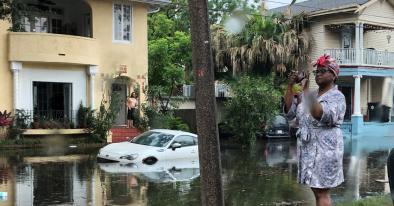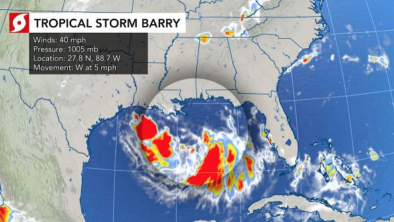Slow-Moving Hurricanes Like Barry Growing More Common
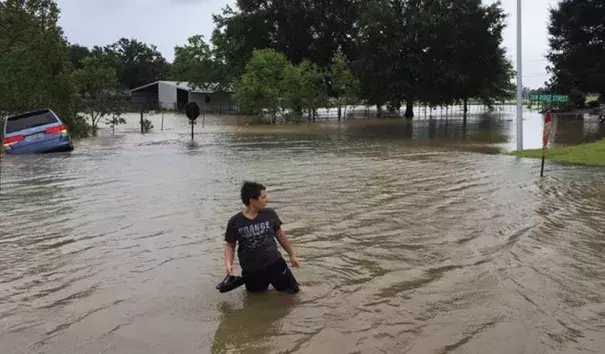
As Tropical Storm Barry intensified into a hurricane on its three-day trek along the Gulf Coast, the storm moved at an excruciatingly slow pace—between three and nine miles per hour. The very slow motion allowed Barry to generate a larger storm surge and dump heavier rains than a faster-moving storm would have (though most of those rains happened to fall offshore this time because of Barry's unusual structure). A study published on June 3, 2019 by scientists from NASA and NOAA found that North Atlantic hurricanes like Barry have been stalling near the coast with increasing frequency in recent decades, resulting in an increase in dangerous heavy rainfall.[1]
The scientists said that there was not a clear mechanism explaining the observed tropical cyclone speed reduction, and that natural variability and/or human-caused climate change could be to blame. “There is some evidence that those large-scale wind patterns are slowing down in the tropics, where Atlantic storms usually start,” said Hall. “The storms are not being pushed as hard by the current that moves them along. That’s a climate change signal.”
...
Heavy rains continue to fall from the remnants of Hurricane Barry across the lower and mid-Mississippi Valley. Sewer systems were overwhelmed in coastal Alabama, and flash flooding was in progress Monday over southwest Louisiana, where radar data indicated up to 17 inches of rain has already fallen. A CoCoRaHS observer reported 14.03" near Bagley, LA, as of 9 am CDT Monday.
Even with these impressive totals, Barry was an example of a slow-moving landfalling hurricane that we got very lucky with. Though Barry will likely be responsible for several hundred million dollars in damages, the toll could have been over ten times greater had the original forecasts of widespread 20+” rainfall totals occurred--like the infamous “no-name” Louisiana storm of August 2016, which dumped 20 - 30 inches of rain over a 3-day period as it meandered over Louisiana. More than 30,000 people were rescued from the floodwaters that damaged or destroyed over 50,000 homes, 100,000 vehicles and 20,000 businesses. The flood killed 13 and did $10.6 billion in damage.
Related Content
